President Trump is reportedly gearing up to introduce a ban on laptops and other large electronic devices on flights between Europe and the U.S., expanding a ban that was initially placed on travelers entering America from selected airports in the Middle East in March.
These days it is almost unthinkable to travel without a laptop, iPad or camera when going overseas, and almost everyone would prefer to keep those items in their hand luggage not checked baggage, even if they don’t use it on the flight. Being parted from your expensive gadgets is no trivial matter.
So what’s it like to experience the laptop ban on flights into the U.S.? I can tell you, dear reader, because I went through the process en route to New York for our upcoming Disrupt event next week.
How my laptop made it from Dubai to New York (without me)
There’s no formal process for collecting electronic devices, so most airlines have adopted a policy of checking all hand luggage at the gate before passengers board.
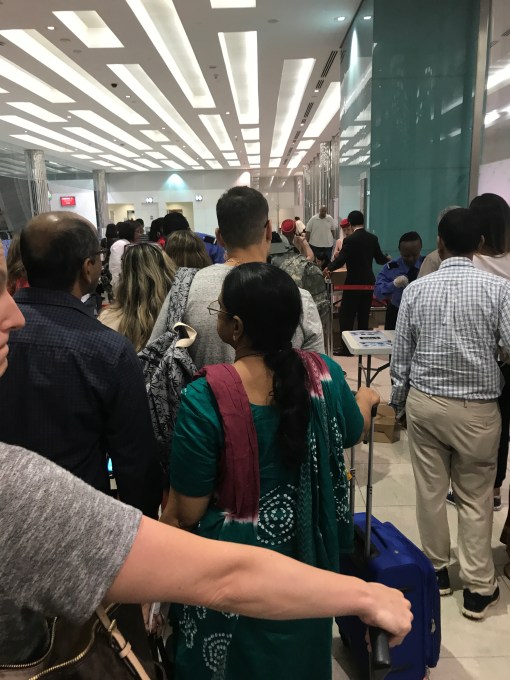
Airline staff and airport security opened every passenger’s bag to check for gadgets. I wasn’t the only one taking footage of the process.
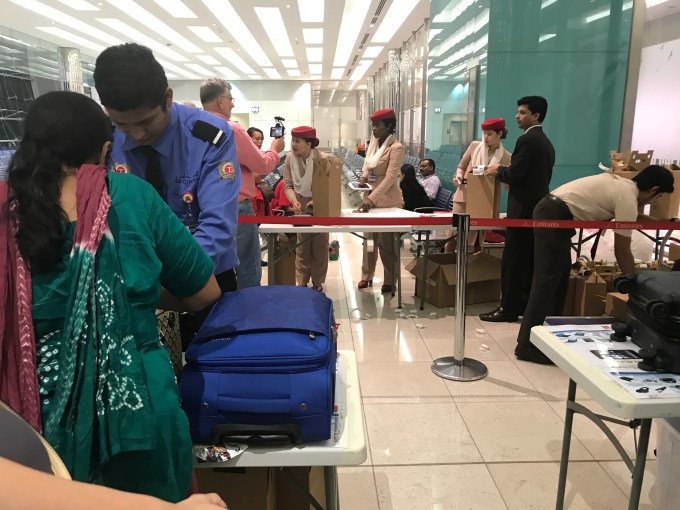
Devices were removed, wrapped in bubble wrap and placed into boxes for storage during the flight.
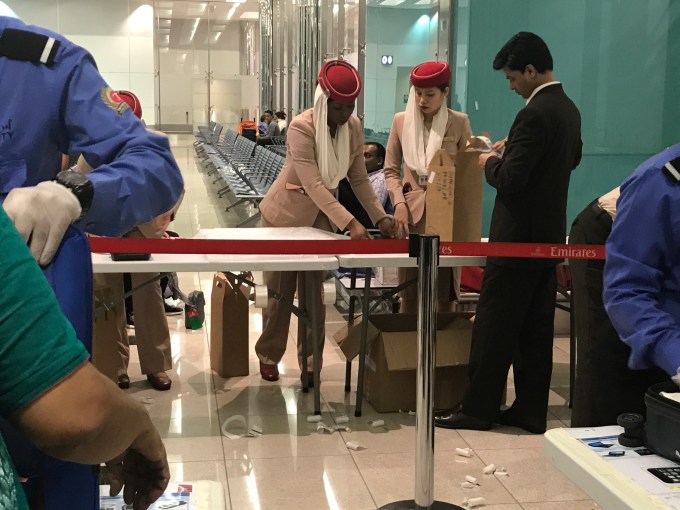
My turn!
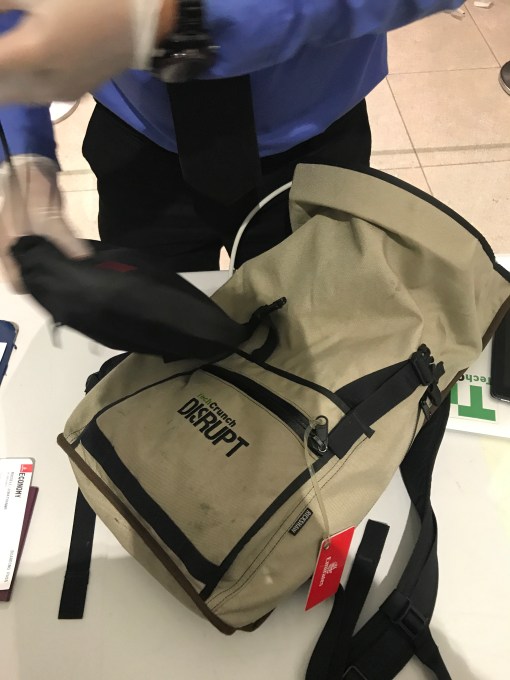
I travel pretty light, but my laptop and Kindle didn’t get to go with me for this ride. Other passengers had cameras confiscated for the flight, but smartphones were allowed.
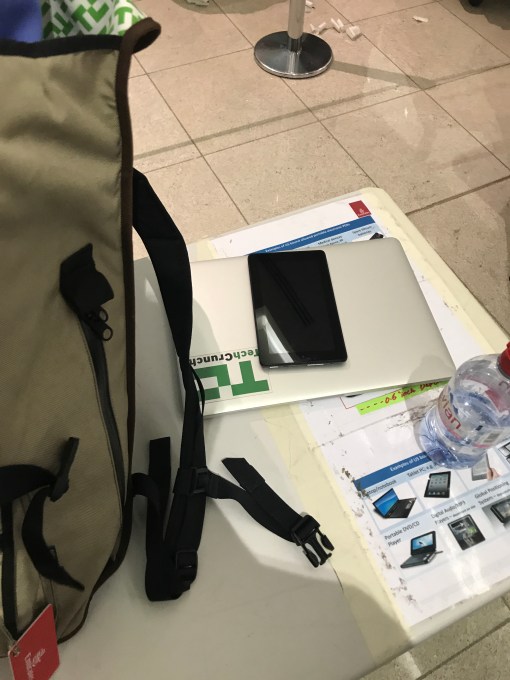
My stuff was carefully wrapped and boxed up. The airline takes details from your boarding pass for the collection process later at your destination.
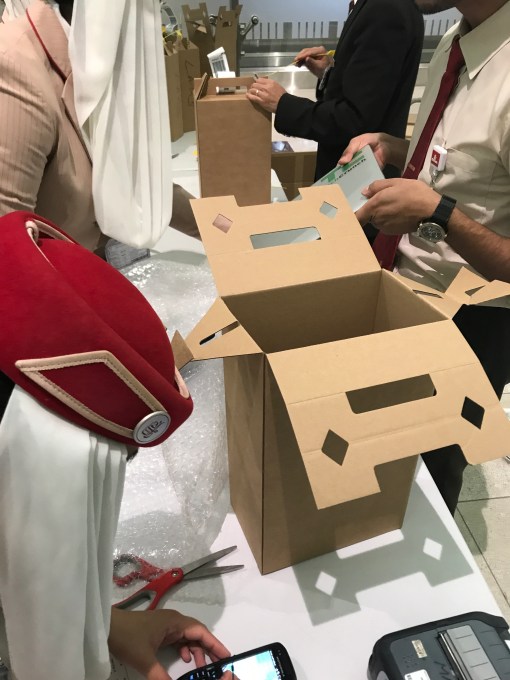
All done, you can get on the plane and fly.
At the destination, boxed electronics are ready for collection near the checked luggage belt once you complete passport control and immigration.
And now it’s time for some more queues.
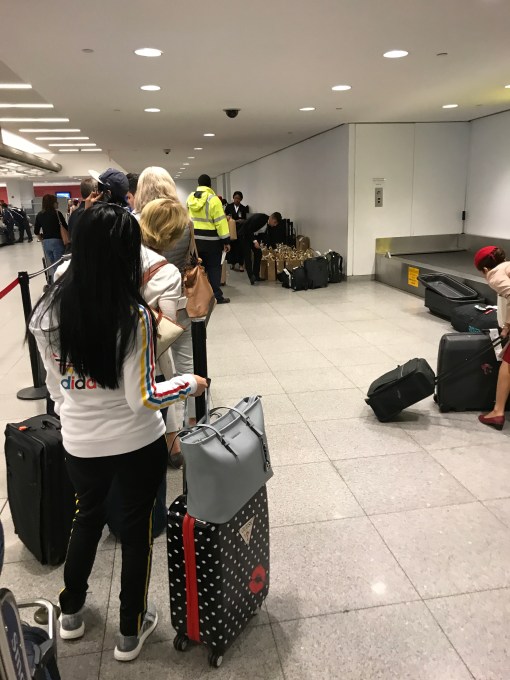
And lots of boxes.
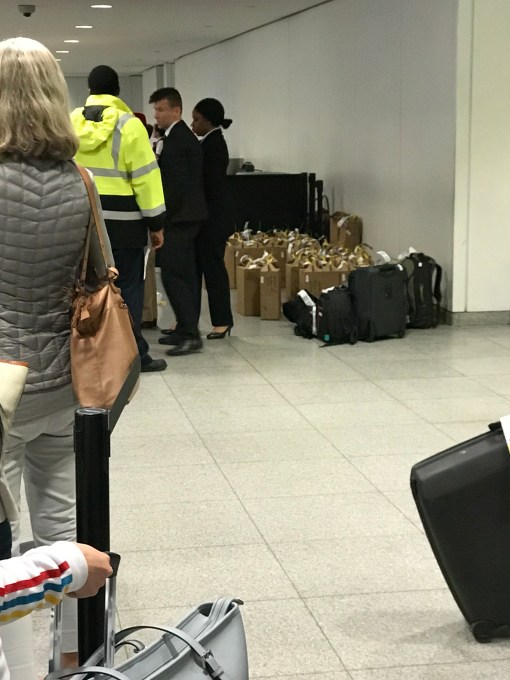
Passengers provide their boarding card and sign the corresponding forms when collecting their valuables. It’s nearly my turn…

Boxes are marked with your last name, flight number, destination and date.
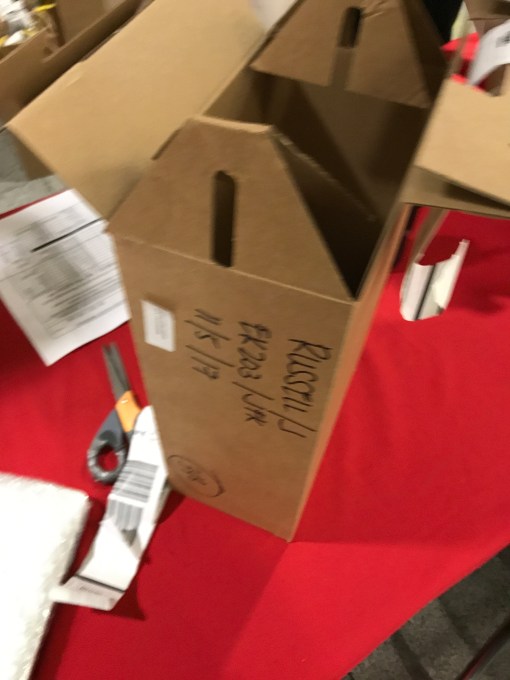
The crew unboxed the devices, removed them from the packaging and returned them in the same condition they were in before the flight.
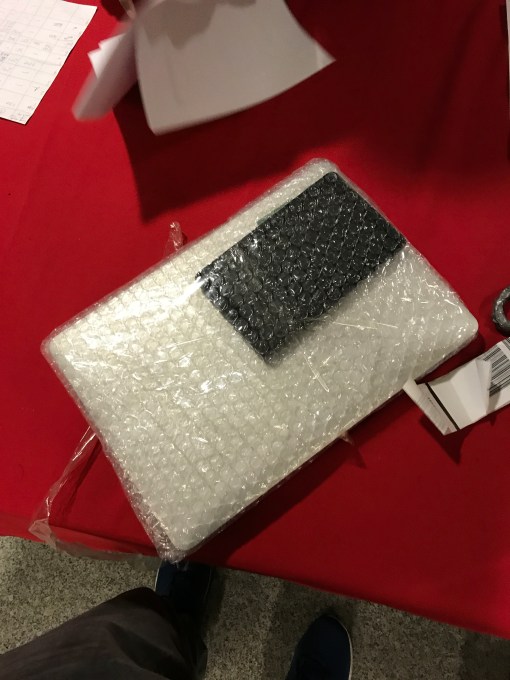
Reunited at last.
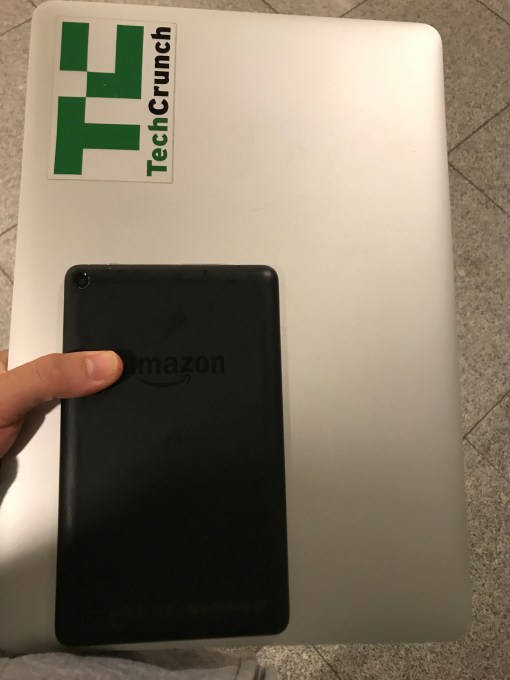
On a serious note, both airline and airport staff did a commendable job of managing what is clearly a very challenging situation for both them and their customers. There’s no formal process for checking for and removing electronics — which is far harder to carry out than baggage scanning — and it looks like they are learning as they go.
Indeed, one friend, who flew another airline, had a far less organized experienced with his flight, so hats off to Emirates — which I flew with — for making this process I went through more efficient than others.
Let’s see how the airports of London and Europe handle this added complication, assuming that an extension of the ban is coming as expected.
